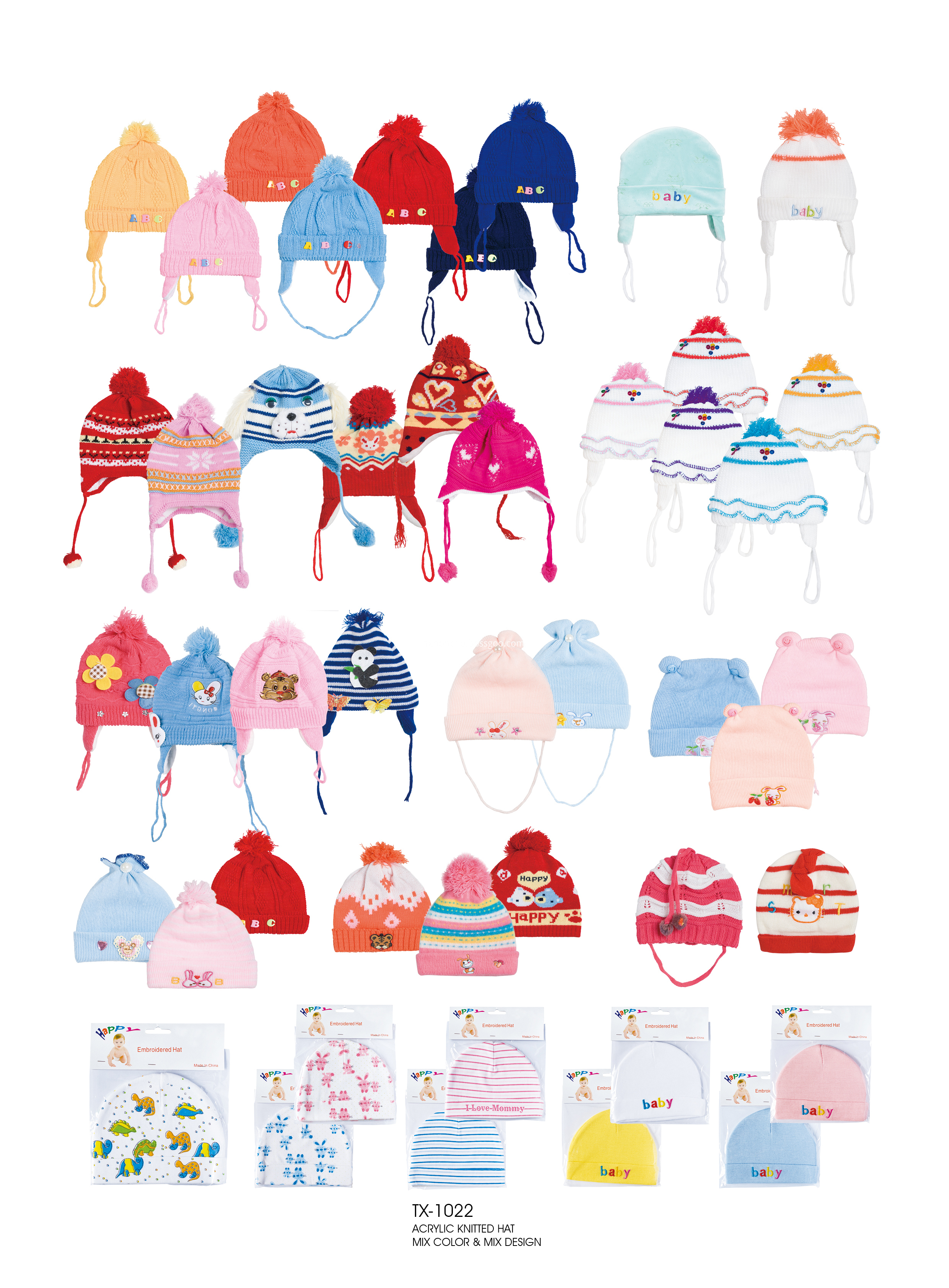The main trend of customers demanding container printing is: tending to more colors and high-precision images. Flat objects and screen printers know that color overprinting is not a mysterious thing, but you still cannot see a large proportion of color overprinting used in plastic and glass containers.
If you have experienced the production process, it can be considered that the steps of mixing color overprint effects are more complicated. But you don't have to know the details of all the steps, because the best producer can help you get the expected results. Most customers who have performed color overprinting in other markets and printers that have color overprinted flat objects are a bit surprised to see the effect of color printing on irregular surface objects. This is the commercial effect you should pursue.
Satisfying customer requirements is the color overprint with images printed directly on the container. There are three aspects of the competitiveness that are favored by everyone; in fact, it is positioning, color sequence, and overprint trilogy.
1. Registration [Several positioning methods are indispensable]
There are three factors that affect the accuracy of registration: the first element is whether the machine's input / positioning system is adjusted correctly to ensure that each substrate is accurately positioned every time it is transported from the input to the printing positioning device; the second element is each Whether the tension of a screen is consistent; the third element is whether the substrate is affected by various factors of the machine and the workshop during multiple printing processes. To deal with the problems involved in the above three elements, the color registration can be accurate. Here, the positioning method of the three insurances is used to complete the control of the above three elements and its source can be solved in time.
1. Positioning of overlapped film
First, a piece of transparent film is fixed on the surface of the substrate for printing. By analogy, each unit of the overprint is printed with an image one by one, which can intuitively distinguish the positional relationship between the image and the substrate. During positioning, the second color pattern can be silk-screened on the film and covered with the thin mold printed with the first color pattern, so that the same position of the two color patterns meets the design size requirements, and then the thin mold printed with the first color pattern and The platform sticks firmly. In the second-color pattern printing room of the silk screen, only the transparent workpiece printed with the first-color pattern and the first-color pattern on the platform are overlapped to achieve the purpose of positioning. After the overprint positioning is correct, the related process parameter adjustment parts are fixed and mass production operations can be performed.
2. Mark insurance positioning
When overprinting the next color plate, the plate should be installed according to the position marking device of the previous color plate; the screen pitch; the flatness of the screen plate should be the same as the previous color plate. The upper and lower color version of the positioning is to align the previous color version of the proof pattern with the stop gauge and fix it (inhalation, etc.). Put the screen plate into the fixture of the screen frame according to the color of the previous installation mark. Observe the fit of the screen screen pattern and the proof pattern. Slowly move the screen frame to make the two register. At this time, tighten the fixture. Knife angle; knife pressure remains the same as the previous version. Then try printing, and check the registration of the trial printing on the sample plate. Under normal circumstances, the registration error is between 0.5mm. After 2 to 3 trial printing, it means that it is basically stable, and then the correction method or fine adjustment is determined. The printing table, or the fine-tuning screen fixture, should not be twisted blindly, or even confuse the blocking rule, so that the entire batch of printed materials is not allowed to be overprinted, nor can the blocking rule be changed arbitrarily.
3. The model has a limited position
For the circular printing, the bearing supported under the bottle not only facilitates the rotation of the container under the screen, but also uses the groove of the container to limit the positioning of the left and right horizontal strings; for the local printing, the bottle is placed in a special The two-piece mold base matches the outer contour of the bottle as a force support; their mouth cover has a gas nozzle part. It also has the function of assisting positioning.
4. Vacuum adsorption positioning
There is an air nozzle part for the bottle mouth cover that needs to be filled with vacuum suction and fixed. It also has the function of auxiliary positioning. Place the bottle in the lower half mold on the workbench. The table slides to the printing position and pushes the bottle to the gas nozzle to insert the gas nozzle into the bottleneck. After the mold is locked, air is used to inflate the bottle through the air nozzle for printing.
Baby hats is an accessory to your baby's outfit and will keep their head warm at the same time. our products dyeing and printing available using eco-friendly, and with good hand feeling and stretch, very comfortable to wear.
We can provide various good quality baby hats: different material, multi-colors and adorable designs. We also can make the products as your request and provide the competitive price and professional serves.

Baby Hat,Baby Cotton Cap,Knit Baby Hat,Crochet Baby Hat
Zhaoxian Tengxing Plastic Fashion Co., Ltd , https://www.goodraincoat.com